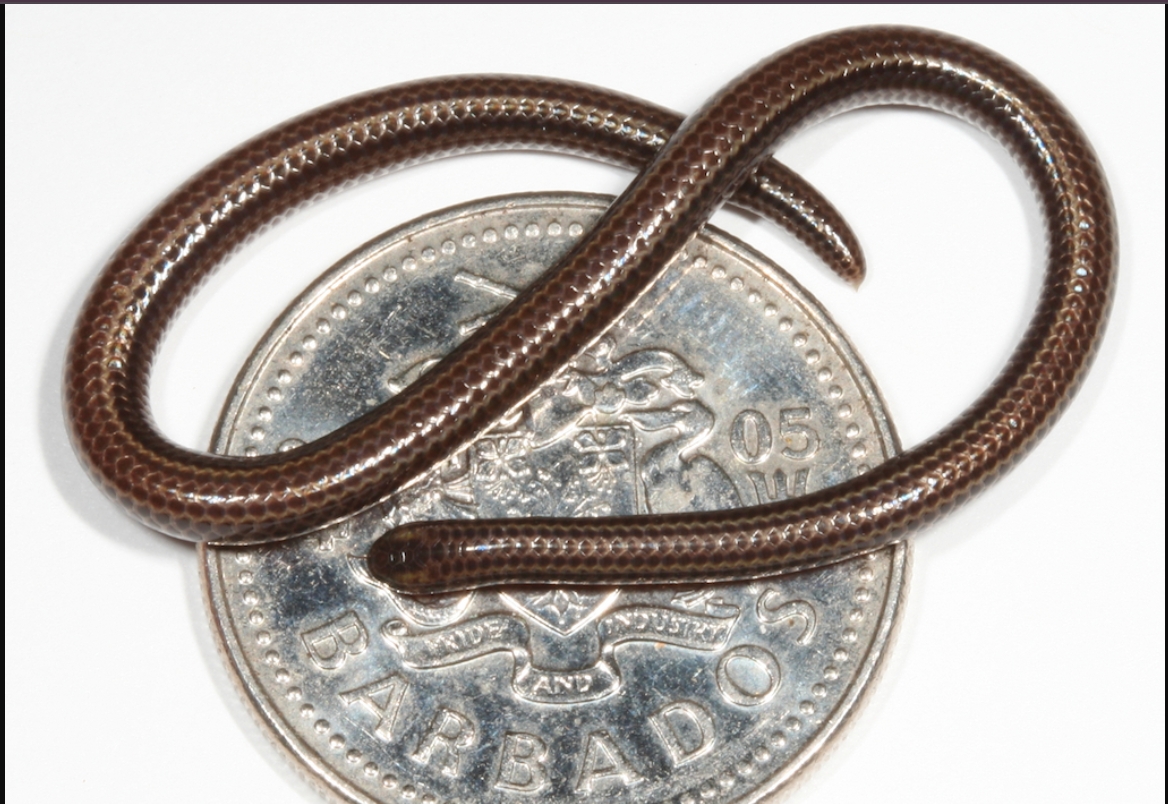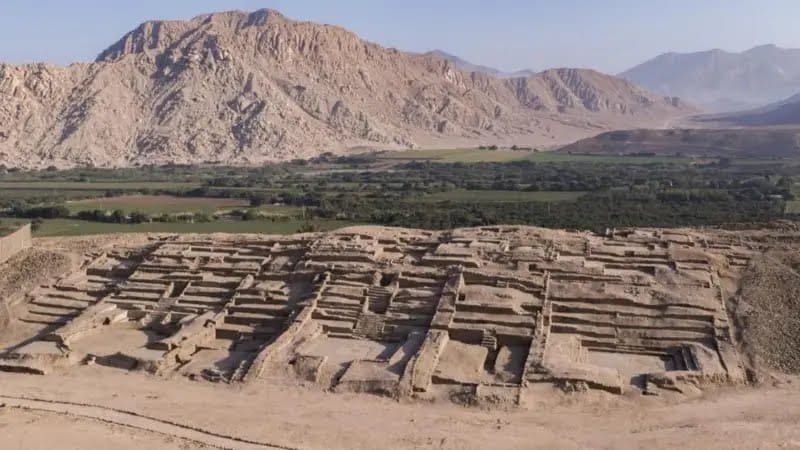The world’s smallest snake, the Barbados threadsnake (Tetracheilostoma carlae), has been rediscovered on the Caribbean island of Barbados after nearly two decades without a confirmed sighting. Measuring only 7.5–10 centimeters (3–4 inches) in length and as thin as a strand of spaghetti, the species was long feared to be extinct.
The rediscovery was officially announced by the Barbados Ministry of the Environment and National Beautification and conservation group Re:wild in July 2025. Ecologist Connor Blades and Justin Springer of Re:wild made the discovery in March 2025 while conducting a biodiversity survey in one of the island’s last remaining woodland patches.
“Finding the Barbados threadsnake again feels like a miracle,” Blades said. “Its survival means there is still hope for Barbados’ vanishing native ecosystems.”
🔬 A Conservation Breakthrough
The specimen was located under a rock in moist leaf litter and later confirmed as Tetracheilostoma carlae through microscopic examination at the University of the West Indies.
The snake is considered an “umbrella micro-species,” meaning conservation of its specialized habitat—the moist, shaded forest floor—also protects numerous other endemic species sharing the same fragile ecosystem.
“Over 90% of Barbados’ native woodland has been lost,” said a spokesperson from Re:wild. “Protecting the last fragments is critical, and the threadsnake is now the flagship for that effort.”
🌿 Habitat Under Threat
First identified as a distinct species in 2008 by herpetologist S. Blair Hedges, the Barbados threadsnake has always been incredibly elusive. Its cryptic, burrowing lifestyle and resemblance to the invasive Brahminy blind snake (often called the “flowerpot snake”) have made it difficult for scientists to find and study.
The rediscovery highlights the urgency of protecting Barbados’ last native forest patches, which hold other vulnerable and possibly undiscovered species. Conservationists hope this discovery will drive new funding and policy action for biodiversity protection on the island.
Discover more from SparkMantis
Subscribe to get the latest posts sent to your email.



